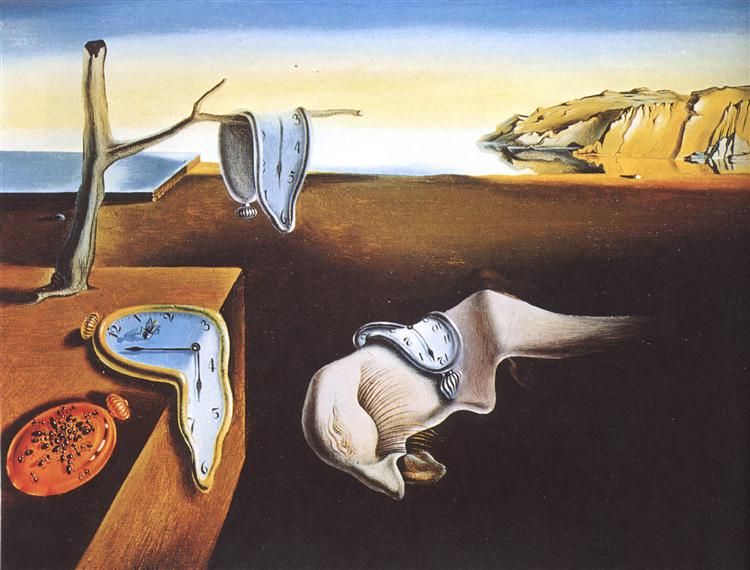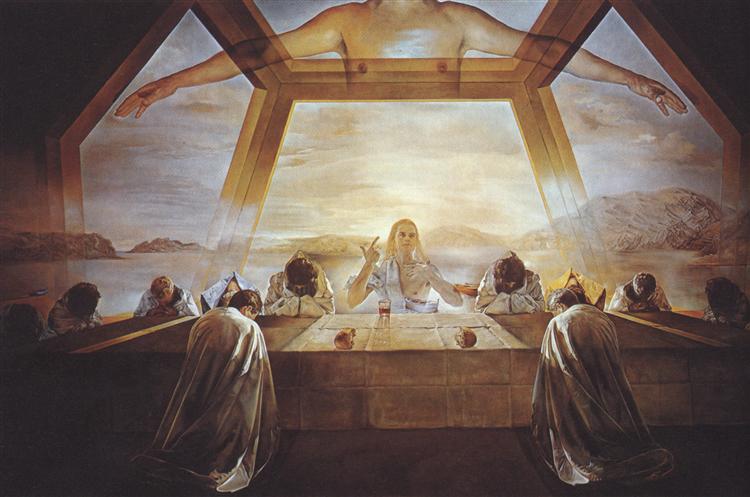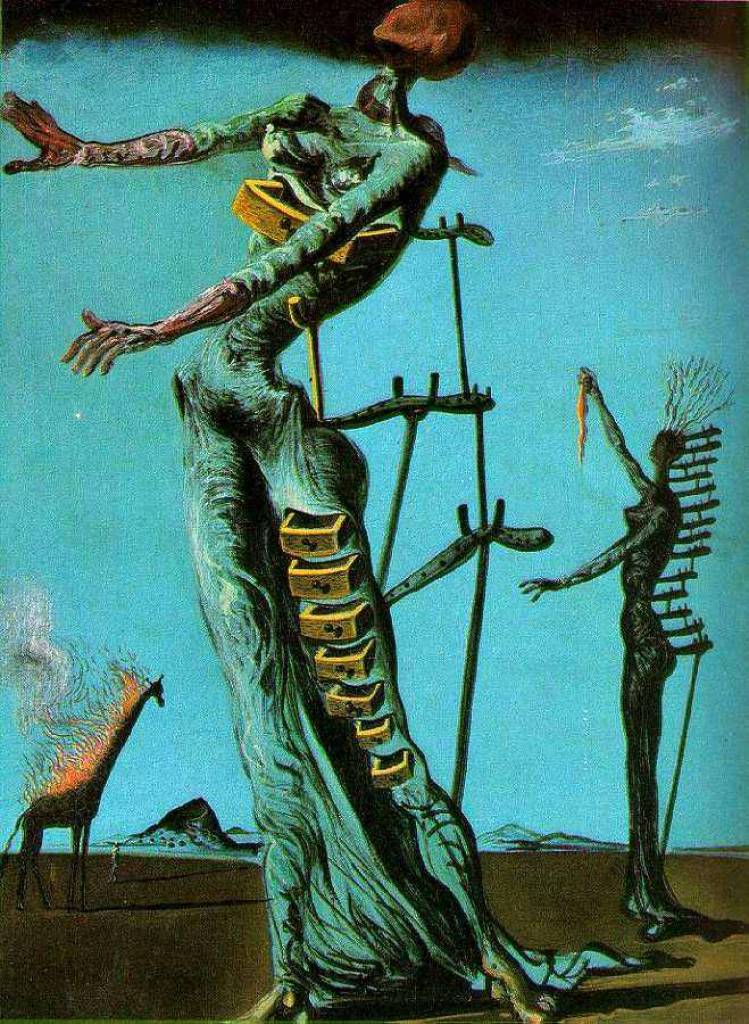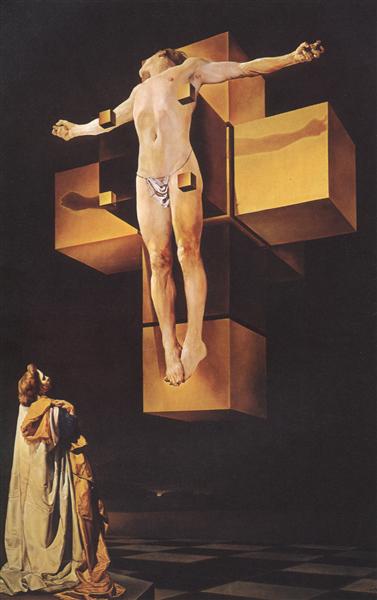The painting “Persistence of Memory”, written by the great Spanish surrealist Salvador Dali in 1931, differs, like many of his other works, by its special style and deep subtext, which is filled with many incredible meanings.
The Persistence of Memory is one of the most famous and reproduced works of Salvador Dali. Because of this, the picture has acquired a multitude of popular names: “Time Profile”, “Flowing Time”, “Soft Clock”, “Hardness of Memory”, “Fortitude of Memory” – some alternative names of this work.
From the moment of its writing to the present day, this work has become a symbol of the variability and fragility of time and space. The theory of relativity, formulated by Einstein, mixed in a special way in the artist’s brain with observations of processed cheese, became the idea that prompted Dali to write this masterpiece.
The painting “Persistence of Memory” depicts a calm landscape typical of Salvador Dali with few details, which became the backdrop for a clock that slowly melts and spreads, as if from heat. This contrast between the linearity of the flow of time and the images of curved and stretched clocks create a special semantic mystery of this canvas. The only solid clock in this painting is face down and teeming with ants – a symbol of putrefaction and decay in Dali’s work.
Almost all of his paintings Salvador Dali left notes in his diary, but the researchers did not find a word about the painting “Soft hours”. From here comes the existence of several very diverse versions regarding the meaning of this canvas. Perhaps one of the most original versions is the artist’s depiction of his fear of male impotence in the form of soft and shapeless objects.
Year of painting: 1931.
Dimensions of the painting: 24.1 x 33 cm.
Material: canvas.
Writing technique: oil.
Genre: symbolic painting.
Style: surrealism.
Gallery: Museum of Modern Art, New York, USA.



